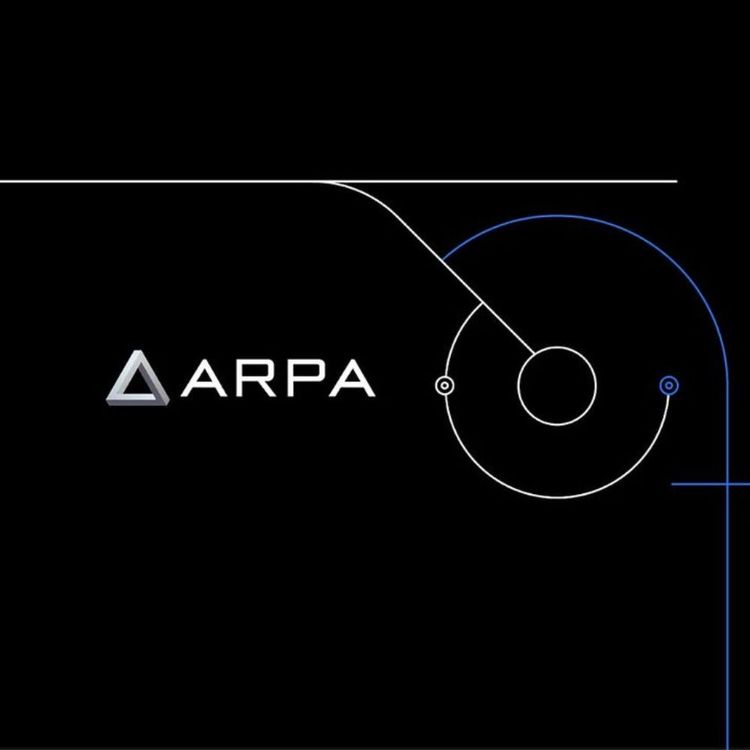Why Verifiable Randomness Is Critical for AI, Crypto, and Digital Trust — ARPA Network Explains
🎲 The Fight for Fair Randomness: Why Lava Lamps, AI, and Crypto All Depend on It
In a world of black-box algorithms and invisible hands, randomness might be the most underrated building block of trust. ARPA Network is here to make it verifiable.
What do lava lamps, generative AI, and crypto validator selection all have in common?
They run on randomness.
Not the chaotic kind that makes your Tinder matches weird. We’re talking about deep, mathematical entropy — the stuff that powers everything from training neural networks to picking blockchain validators. And here’s the plot twist:
Most “random” isn’t actually random — and that’s a massive problem.
Felix Xu, founder of ARPA Network, says if we don’t fix this, AI and crypto will never be truly fair. Welcome to the randomness wars.
🔐 The Problem with Fake Random
The randomness inside your favorite AI model or DeFi protocol? It’s likely pseudorandom — algorithmically generated, and predictable if you know the seed. MIT’s Steve Ward calls this the hacker’s jackpot. It opens the door to:
- AI bias you can't trace
- Game mechanics you can cheat
- Validators you can bribe
- Front-running trades in DeFi
If randomness can be gamed, trust becomes an illusion.
🤖 Why AI Needs Unbiased Chaos
Randomness is everywhere in AI — and it’s mission-critical:
- Training AI models? Inject randomness to avoid overfitting.
- Creative generation? “Temperature” sliders are just controlled chaos.
- Financial modeling? Fair outcomes demand unpredictable simulation.
But here’s the catch: if the randomness isn’t verifiable, how do we know AI decisions — in healthcare, hiring, or policing — aren’t being manipulated?
In the era of AI lawyers and synthetic CEOs, bias isn’t a bug. It’s a threat.
🔍 Enter Verifiable Randomness (aka VRF)
ARPA and others are pushing a simple but powerful solution: Make randomness transparent. Make it verifiable. Make it public.
A proper Verifiable Random Function (VRF) gives us:
- 🌀 Unpredictability — even insiders can’t forecast it
- ⚖️ Bias Resistance — no one can rig the outcome
- 🧾 Auditability — anyone can check the math
This turns randomness into a trust layer — not just a math trick.
💰 Crypto Needs This Even More
In blockchain, randomness decides:
- Who validates blocks
- Who gets rare NFTs
- Who wins token airdrops
- Which transaction goes first
Without decentralized randomness, whales can front-run, validators can collude, and the whole DeFi casino becomes rigged.
Verifiable randomness is no longer a luxury — it’s infrastructure.
🚀 ARPA Network’s Mission: Make Randomness Public Property
Born in 2018, ARPA started as a privacy project. In 2025, it’s something more: a cryptographic backbone for trustless computation.
What ARPA brings to the table:
- ✅ Randcast — its own decentralized VRF layer
- 🔐 Multi-Party Computation (MPC)
- 🧠 AI-compatible infrastructure for privacy-preserving smart contracts
Think: a randomness engine you can build on. A foundation of digital fairness.
ARPA’s goal? Make randomness a public utility for the AI-blockchain age.
🧱 Final Thought: Build on Stone, Not Sand
We’re entering a world where AI agents make decisions for us, and smart contracts move billions.
If the randomness behind them is fake, the whole system is compromised.
Randomness isn’t just a variable. It’s the bedrock of trust. If it can’t be verified — it can’t be trusted. And if it’s not decentralized — it can be owned.
💡 TL;DR
- Randomness powers AI, crypto, DeFi, and even digital fairness.
- Most “random” is fake — it’s pseudorandom, and that’s a big security flaw.
- Verifiable Random Functions (VRFs) fix this by making randomness provably fair and auditable.
- ARPA Network is building decentralized infrastructure to deliver trustable randomness for next-gen applications.
- Without verifiable randomness, the future of AI and Web3 is built on sand.

Recent News
All Time High • Live
Have questions or want to collaborate? Reach us at: info@ath.live











